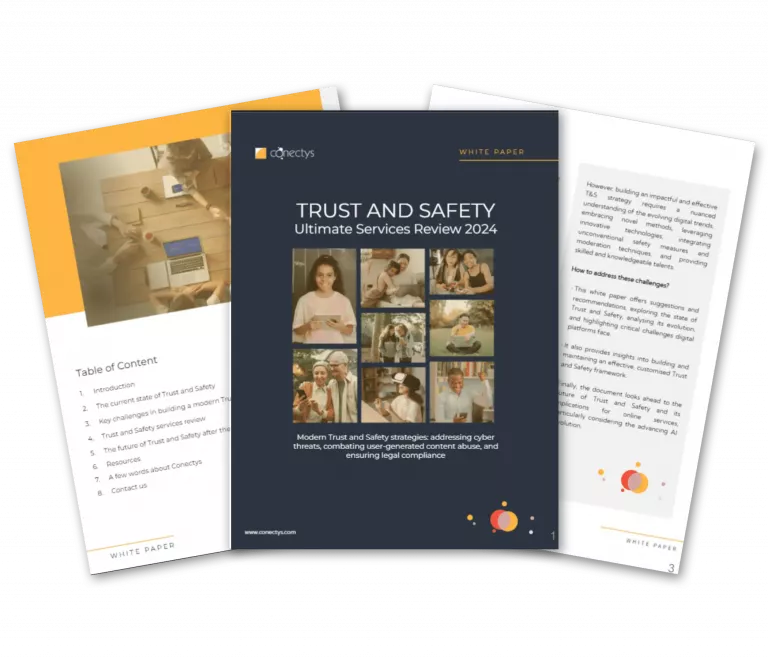Full-Time Equivalent (FTE): Your Staffing Superpower Explained
Curious how many people you really need on your team, even when they work different schedules? That’s where FTE—short for full-time employee equivalent—becomes your staffing superpower.
What Is a Full-Time Employee Equivalent?
This unit of measurement lets you compare staffing levels fairly. In the United States and parts of Europe, it sometimes overlaps with the idea of a full-time employee, typically someone working 40 hours a week with benefits.
In the contact centre world, it’s all about calculation. You divide your total scheduled person-hours by the number of hours your company defines as full-time. For example, if “full-time” is 35 hours per week and you have 700 person-hours scheduled, your staffing equivalent is 20 (700 ÷ 35).
This method blends part-time and full-time schedules into one clear metric.
Why FTE Matters More Than Headcount
Headcount counts people without considering their hours. The FTE approach adjusts for seasonal peaks, flexible arrangements, and sudden demand spikes. It reveals your true staffing equivalent so you can plan confidently for holidays, product launches, or unexpected surges.
How to Calculate Your Staffing Equivalent
Here’s the formula:
FTE = Total Scheduled Person-Hours ÷ Defined Full-Time Hours Per Week
Example: If full-time in your company is 40 hours per week and you schedule 2,000 person-hours, your result is 50 (2,000 ÷ 40).
You can also use an online calculator—just enter your total hours and the full-time threshold to get the number instantly.
Example of FTE in Action
Picture a call centre with 1,400 scheduled hours. If your full-time week is 35 hours, the calculation is 1,400 ÷ 35 = 40. Whether those hours come from full-timers, part-timers, or contractors, you now know you’re staffed equivalent to 40 full-time employees.
Ready to Staff Smarter?
By using the FTE formula, you’ll always know where you stand and how to scale your team. Conectys can help you turn staffing equivalent data into smarter workforce planning, better efficiency, and faster responses to changing demands. Let’s talk.


